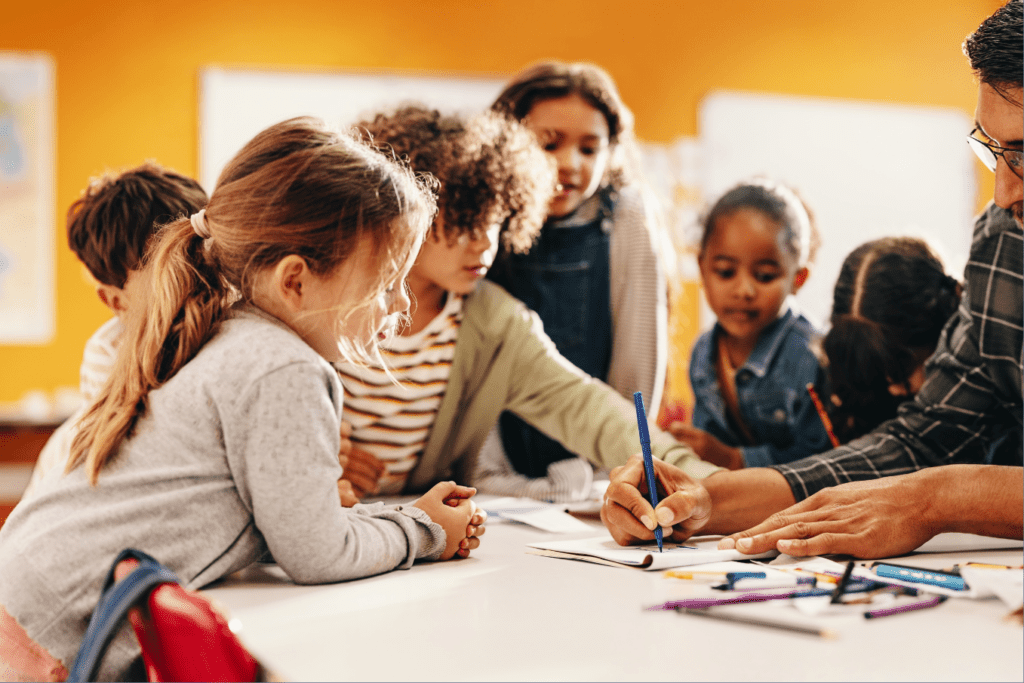Every student in the classroom is unique, with individual strengths, weaknesses, and learning styles. Recognising and catering to these individual learning needs can significantly enhance the education process, making it more inclusive, engaging, and effective. This article explores strategies teachers can use to meet the diverse learning needs of their students.
Understanding Individual Learning Needs
Individual learning needs refer to the specific educational requirements and preferences of a student, which can be influenced by factors such as learning style, pace of learning, and any learning difficulties or disabilities. By acknowledging these needs, teachers can tailor their instruction to ensure that all students have the opportunity to succeed.
Benefits of Catering to Individual Learning Needs
Addressing individual learning needs has several benefits:
- Increases Engagement: When instruction aligns with a student’s learning style, they are more likely to be engaged and motivated.
- Improves Understanding: Tailoring teaching methods can enhance comprehension and retention of information.
- Promotes Inclusion: Recognising individual needs ensures that all students, regardless of their abilities or challenges, feel valued and included.
- Enhances Student Success: Students are more likely to achieve their academic potential when their specific learning needs are addressed.

Strategies for Recognising and Catering to Individual Learning Needs
1. Know Your Students
Spend time getting to know your students. Understand their backgrounds, interests, strengths, and challenges. This information can provide valuable insights into their learning needs.
2. Differentiate Instruction
Differentiate your instruction based on your students’ learning needs. This may involve varying the content, process, product, or learning environment.
3. Use a Variety of Teaching Strategies
Incorporate a range of teaching strategies to cater to different learning styles. This might include lectures, discussions, hands-on activities, multimedia resources, and independent work.
4. Provide Flexible Learning Options
Offer flexible learning options, such as choice in assignments or assessment methods, to accommodate diverse learning needs and preferences.
5. Implement Individual Learning Plans
For students with significant learning needs, consider developing individual learning plans (ILPs) that outline specific learning goals, strategies, and supports.
6. Collaborate with Other Professionals
Work with school psychologists, special education teachers, and other professionals to understand and address the learning needs of students with learning difficulties or disabilities.
Conclusion
Recognising and catering to individual learning needs is a crucial aspect of inclusive and effective teaching. By implementing the strategies outlined above, teachers can ensure that all students receive a high-quality education that respects their individuality and promotes their academic success.





